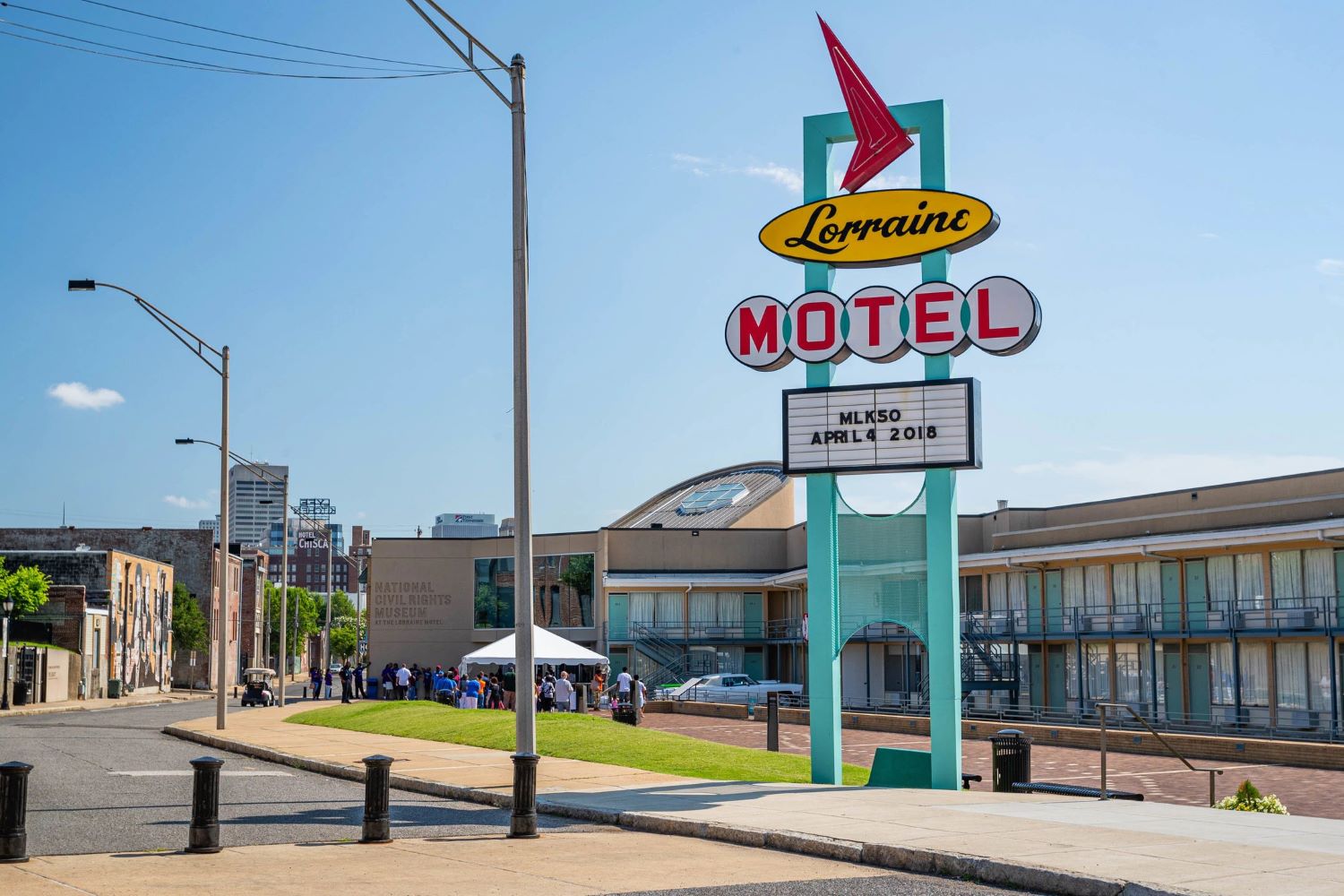National Civil Rights Museum – Memphis’ Tribute To Equality

Have you ever wondered what it was like during the Civil Rights Movement? The National Civil Rights Museum in Memphis offers a powerful glimpse into that era. Located at the Lorraine Motel, where Dr. Martin Luther King Jr. was assassinated, this museum tells the story of the fight for equality in America. Visitors can walk through exhibits that showcase pivotal moments, from the Montgomery Bus Boycott to the March on Washington. The museum also features personal stories, artifacts, and multimedia presentations that bring history to life. Whether you're a history buff or just curious, this museum is a must-see.
A Journey Through History
The National Civil Rights Museum in Memphis stands as a powerful tribute to the struggle for equality. Located at the former Lorraine Motel, where Dr. Martin Luther King Jr. was assassinated, this museum offers a profound look into the Civil Rights Movement. Let's explore some key exhibits and areas within this historic site.
The Legacy of Dr. Martin Luther King Jr.
Dr. King's legacy is central to the museum. Visitors can learn about his life, his work, and his impact on the Civil Rights Movement.
- Room 306: The preserved room where Dr. King spent his final hours. It offers a poignant glimpse into the past.
- The Balcony: The exact spot where Dr. King was shot. This area serves as a solemn reminder of his sacrifice.
- King's Last Speech: An exhibit featuring the audio and text of Dr. King's final speech, "I've Been to the Mountaintop."
Key Moments in the Civil Rights Movement
The museum covers significant events and milestones that shaped the fight for equality.
- Montgomery Bus Boycott: An interactive exhibit detailing the boycott sparked by Rosa Parks' arrest.
- Freedom Rides: Displays and multimedia presentations about the courageous individuals who challenged segregation on interstate buses.
- March on Washington: Artifacts and stories from the historic 1963 march where Dr. King delivered his "I Have a Dream" speech.
Stories of Courage and Resistance
Personal stories of those who fought for civil rights bring history to life.
- The Greensboro Sit-Ins: A recreation of the Woolworth's lunch counter where four African American students staged a sit-in to protest segregation.
- The Little Rock Nine: Exhibits highlighting the bravery of the nine students who integrated Central High School in Little Rock, Arkansas.
- Medgar Evers: A tribute to the civil rights activist who was assassinated in 1963, featuring personal artifacts and photographs.
The Struggle Continues
The museum also addresses ongoing issues and the continued fight for equality.
- Black Lives Matter: A section dedicated to the modern movement for racial justice, including videos, posters, and social media highlights.
- Voting Rights: Exhibits on the history of voter suppression and the ongoing battle for fair voting practices.
- Economic Justice: Displays exploring the intersection of race and economic inequality, featuring stories of activists working for change.
Interactive Learning and Reflection
Engage with history through interactive exhibits and spaces for reflection.
- The Legacy Theater: A space for watching documentaries and films about the Civil Rights Movement.
- Interactive Timelines: Digital timelines that allow visitors to explore key events and figures in depth.
- Reflection Room: A quiet space for visitors to reflect on what they've learned and consider their role in the ongoing fight for equality.
A Visit Worth Your Time
The National Civil Rights Museum in Memphis offers a powerful experience. Walking through its exhibits, you feel the struggles and triumphs of the Civil Rights Movement. Each display tells a story of courage, sacrifice, and hope. The museum isn't just about the past; it connects to today's fight for equality. Visiting this museum helps you understand the importance of civil rights and inspires you to make a difference. It's a place where history comes alive, teaching valuable lessons. If you're in Memphis, don't miss this chance to learn and reflect. The museum is more than a tribute; it's a call to action for a better future. Spend a few hours here, and you'll leave with a deeper appreciation for the ongoing quest for justice.

